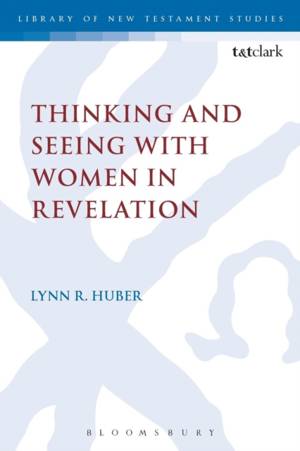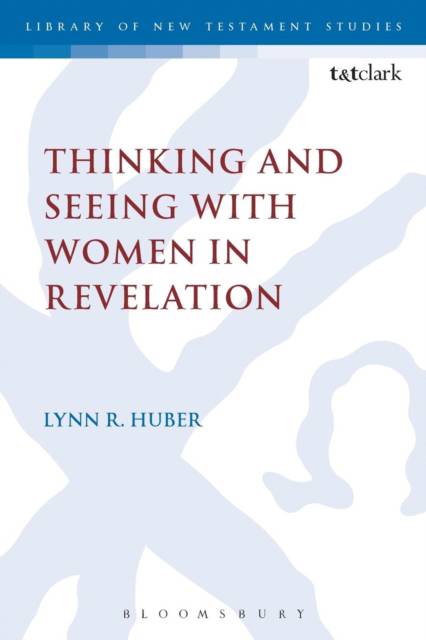
- Retrait gratuit dans votre magasin Club
- 7.000.000 titres dans notre catalogue
- Payer en toute sécurité
- Toujours un magasin près de chez vous
- Retrait gratuit dans votre magasin Club
- 7.000.000 titres dans notre catalogue
- Payer en toute sécurité
- Toujours un magasin près de chez vous
Description
Lynn R. Huber argues that the visionary aspect of Revelation, with its use of metaphorical thinking and language, is the crux of the text's persuasive power. Emerging from a context that employs imagery to promote imperial mythologies, Revelation draws upon a long tradition of using feminine imagery as a tool of persuasion. It does so even while shaping a community identity in contrast to the dominant culture and in exclusive relationship with the Lamb.
By drawing upon the work of medieval and modern visionaries, Huber answers a call to examine the way 'real' readers engage with biblical texts. Revealing how Revelation continues to persuade audiences through appeals to the visual and provocative imagery she offers a new sense of how the text metaphorical language simultaneously limits and invites new meaning, unfurling a range of interpretations.Spécifications
Parties prenantes
- Auteur(s) :
- Editeur:
Contenu
- Nombre de pages :
- 224
- Langue:
- Anglais
- Collection :
- Tome:
- n° 475
Caractéristiques
- EAN:
- 9780567662613
- Date de parution :
- 26-03-15
- Format:
- Livre broché
- Format numérique:
- Trade paperback (VS)
- Dimensions :
- 156 mm x 234 mm
- Poids :
- 308 g







